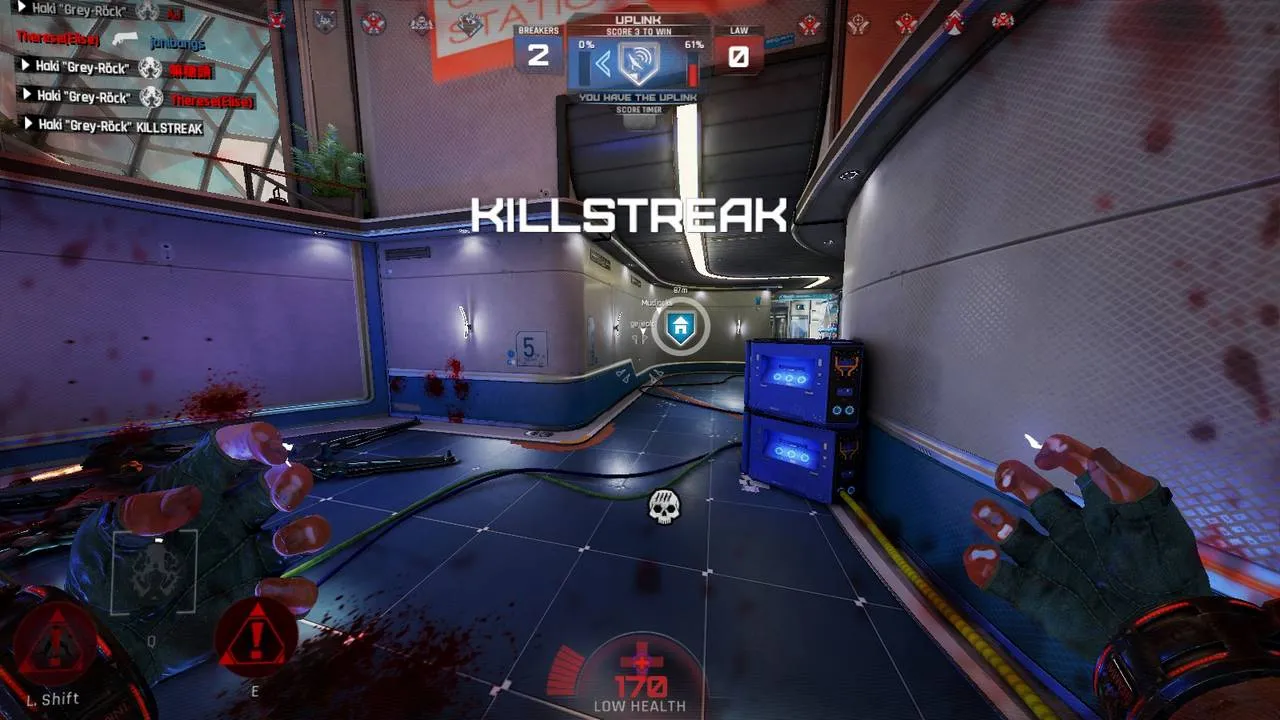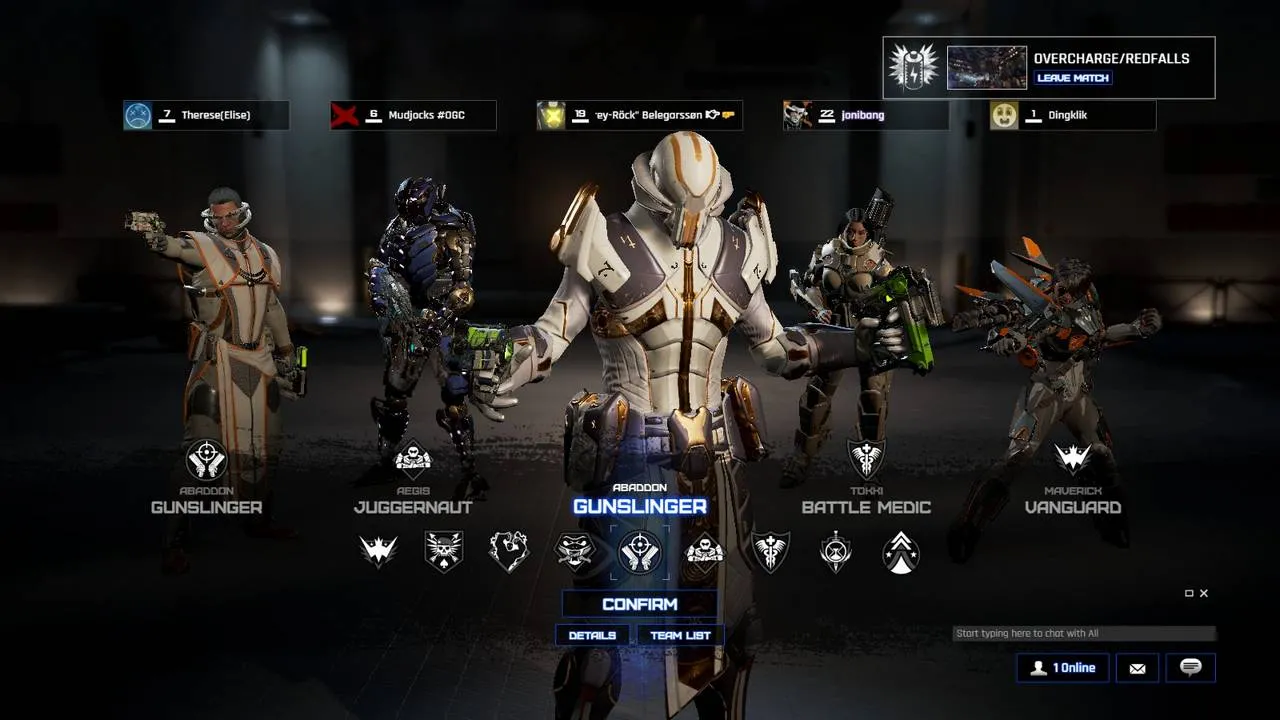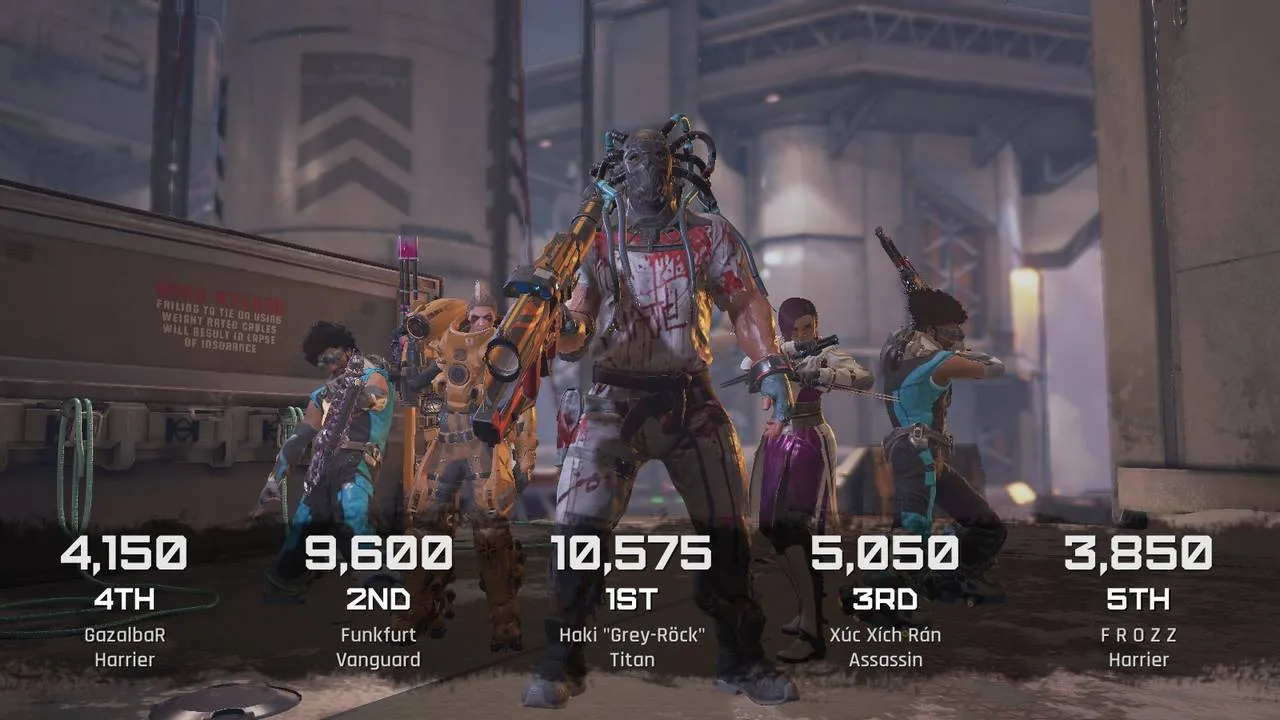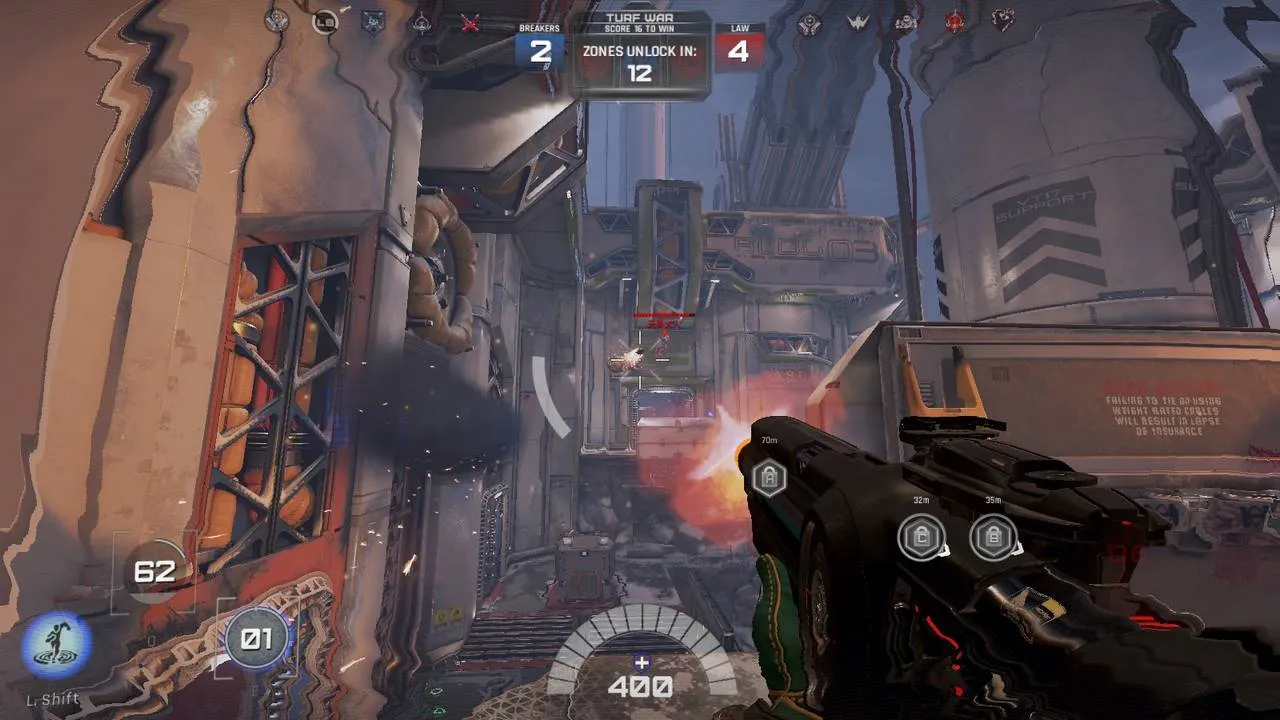
LawBreakers: A Gravity-Defying Arena Shooter Experience
Contents
The gaming world is a harsh arena for the “latecomer.” First impressions are crucial, and subsequent performance is constantly scrutinized. As a fan of fast-paced shooters, I’ve found the overwhelming influence of Overwatch a significant hurdle for other games in the genre. While no one wants their favorite game to fail, Overwatch‘s popularity may have inadvertently stifled a niche within the FPS landscape. Games like Battleborn struggled, Paladins courted controversy, Team Fortress 2 faded, and Quake Champions faced criticism for daring to innovate.
This context makes the future of Cliff Bleszinski’s LawBreakers, the mind behind Unreal and Gears of War, all the more precarious. It competes in a genre prone to unfavorable comparisons, and its unique direction caters to a specific audience. The question, “Is it like Overwatch?” is understandable but ultimately pointless. As someone who grew up with Unreal Tournament 2004, I can confidently say LawBreakers stands on its own. It’s not Unreal, Quake, or Overwatch. The closest comparison would be Tribes: Ascend, and the similarities end there. Let’s evaluate LawBreakers on its own merits.
A Unique Brand of Chaos
 LawBreakers Character Select Screen
LawBreakers Character Select Screen
The magic of first-person shooters lies in their diversity. Despite the core mechanics of aiming, moving, and shooting, each game offers a unique flavor. Titanfall 2 is about grappling and sniping, Quake is about rocket jumps and aerial combat, and Overwatch is about team-based ultimate abilities. LawBreakers? It’s about consistent, pervasive satisfaction throughout every match.
LawBreakers‘ core gameplay, honed during its beta phase, remains largely unchanged in the full release, with only minor content additions and optimizations. Like Quake Champions, it’s a true arena shooter at heart. There are no hard counters, no items or cards altering stats, just pure skill in movement and aim.
Every character, despite varying weapons, mobility, and stats, is viable. The seemingly slow, close-range Titan, armed with the Hammerhead rocket launcher, can become a surprising threat with manual rocket detonation and classic rocket jumping. The Gunslinger, with his Omega “handheld sniper rifle” and lack of zero-g mobility, might seem limited to long range, but his blinding teleport and rapid-fire capabilities make him formidable in close quarters.
 LawBreakers Gameplay
LawBreakers Gameplay
Mastering Zero-G Combat
Gunfights in LawBreakers have weight and impact, with a moderate time-to-kill and exhilarating movement speed. It evokes the nostalgic feel of classic arena shooters, where skill is paramount, while incorporating modern mechanics. While you’re grappling with the disorienting zero-g environments, others are zipping across the map in seconds, even with the “slower” characters.
Initially, zero-g felt like a superfluous gimmick, making you a vulnerable target in mid-air. However, it quickly becomes clear that zero-g is LawBreakers‘ defining feature. It provides unparalleled speed and transforms 360-degree movement into something truly dynamic. Chases and escapes become more than just holding ‘W’ and ‘Shift.’
While zero-g zones only occupy 30-40% of most maps (excluding Trench and Redfalls), they significantly impact gameplay. They create unique firefights, defensive maneuvers, and exhilarating chases unlike any other game.
Objective-Based Mayhem
 LawBreakers Combat
LawBreakers Combat
When not navigating zero-g, LawBreakers emphasizes objective-based gameplay. Overcharge mode feels like a flawed imitation of Uplink and could be removed entirely. Occupy is a dynamic take on King of the Hill, with the capture point shifting every 45 seconds, alternating offensive and defensive roles. Turf War (a fresh take on Domination) and Blitzball (a variation of Unreal Tournament‘s Bombing Run) remain engaging, especially Blitzball, which feels more balanced now that players have learned to defend.
The new Redfalls map is a standout, lacking zero-g except for a no-jump zone behind the central plane. It’s the only map with a two-tiered layout in each team’s base, focusing combat within these corridors. Overall, however, map design remains somewhat simplistic, failing to fully capitalize on the complex movement capabilities of some characters.
A Balanced Roster and a Killer Soundtrack
The new Harrier class is a welcome addition, blending offense and support with a debuffing beam and a mobile healing pack that regenerates health. Not being a dedicated healer allows for more offensive firepower than the Battle Medic.
 LawBreakers Environment
LawBreakers Environment
Character balance is currently at a sweet spot, with each fulfilling their role effectively. No one is overpowered or underpowered. Finally, while LawBreakers may have design flaws, its music is impeccable. Composers like Mick Gordon (Doom, Wolfenstein: The New Order, Prey), Malcolm Kirby Jr. (Saints Row), Jaroslav Beck (Overwatch shorts), and Tom Salta (Need for Speed: Underground 2, Tom Clancy’s H.A.W.X 2) deliver adrenaline-pumping tracks.
Room for Improvement
Comparing LawBreakers and Overwatch is unproductive, but Boss Key Productions could learn from Blizzard’s polish. LawBreakers‘ menus are clunky and unresponsive, the UI is basic, some weapon models are unnecessarily large, the tutorial consists of YouTube videos, and the Sandbox mode is inexplicably broken. The trade-off for no in-game loading screens is slow initial loading, making character selection feel agonizingly slow. The biggest issue is the prevalence of players quitting mid-match, exacerbated by a lack of penalties. The absence of ranked mode and a flawed matchmaking system further hinder the new player experience. Despite these shortcomings, LawBreakers offers a unique and exhilarating arena shooter experience, particularly for those seeking a fast-paced, gravity-defying alternative to the current hero shooter landscape.





Comments (0)